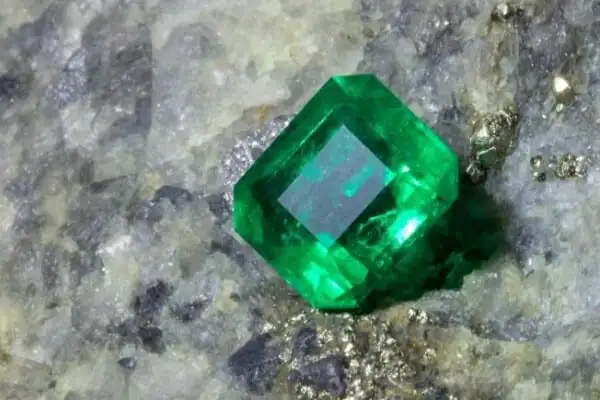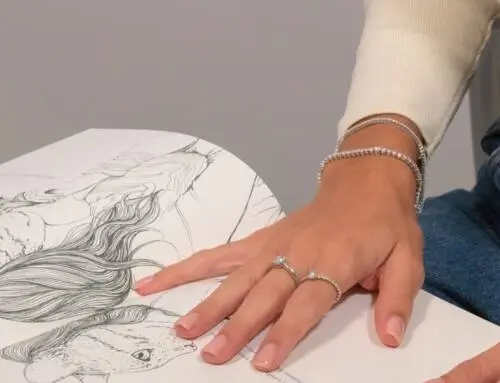Emeralds, the green queens of gems, offer us the possibility of interpreting their origin, including the mine from which they have been extracted.
Did you know that you can read an emerald?
The expert eye of the gemologist catches a glimpse of endless inclusions. observe a emerald under the microscope is a delight for lovers of gemology. Although with the naked eye you can already see the different inclusions also called a garden. But it is with the 10x magnifying glass and with the gemological microscope where we will appreciate the mineral diversity that it is able to house inside.
Steps to carry out a detailed and exhaustive study of the emerald
First of all we must observe it with the naked eye, with a slight movement of the stone under a beam of light to be able to appreciate:
- the different shades
- Transparency
- Color saturation
Next and with the gemological magnifying glass or 10 magnification:
- We will look for any cracks, fractures or breaks
- We must observe if there is any inclusion that reaches the surface of the carved emerald.
defects or not polishing - We will look for glue bubbles or areas that show that it is made up of different materials, which will lead us to be able to rule out doublets or triplets as gems
- The existence of bubbles will lead us to think that it could be a crystal

Emeralds give us the possibility of interpreting their origin.
close observation under a microscope
We will continue with a detailed observation under a microscope, for which the emerald will be submerged in alcohol and observed through a binocular microscope with the help of episcopic and diascopic light halos.
We will combine the different eyepieces and objectives to achieve high magnifications and focus on each of the inclusions and particular characteristics of each stone.
This observation is essential in order to separate those of natural origin from synthetic ones. It is also fundamental to be able to determine their origin, and to be able to talk about emeralds from Colombia, from Muzo, Trapiche emeralds, Africans, from Brazil...
This observation is easier if the stone is not set in any jewelry, such as rings, bracelets or emerald pendants. In this case, observation will require more skill, more time, and placing the stone in very different positions to be able to appreciate and view each side and face of the gem.
Information on the origin and formation process of the emerald
We will use both transmitted light and reflected light, since both help us to observe the colors of objects. crystals hosted within emeralds, and their transparency or opacity.
The most common crystals that we will find in the exhaustive observation of the emeralds They are actinolite, mica and calcite. In addition, biphasic and triphasic inclusions are characteristic of these stones, with negative crystals.
All this provides the gemologist with extensive information on the origin and formation process of the emerald, determining its hydrothermal (Colombian) or metamorphic origin.
Emeralds of hydrothermal or Colombian origin.
Among the different inclusions that we will find in Colombian emeralds we find the following:
Muzo Emeralds:
Brown cousins of parisite (exclusive to this region), calcite crystals (rhombohedron-shaped), black slate crystals.
Chivor Emeralds:
Pyrite (we distinguish it by its cubic shape and its characteristic metallic color) and transparent and colorless prisms of albitach
Colombian green emeralds:
Triphasic inclusions (liquid-gas) elongated and jagged.
Emeralds of metaphorical origin
In the emeralds of metamorphic origin the most characteristic inclusions are the following:
- Actinolite in the form of green reeds. They usually present themselves with very elongated and prismatic shapes.
- Biotite in the form of hexagonal plates and brown in color.
- Very fine tremolite needles with green prismatic habits; very characteristic of emeralds from Zambia.
- Dull, dull black chromite in the form of octahedrons, found in South African emeralds.
These wonders of nature host other beautiful minerals inside and lead us to discover the formation process that they experienced millions of years ago.







